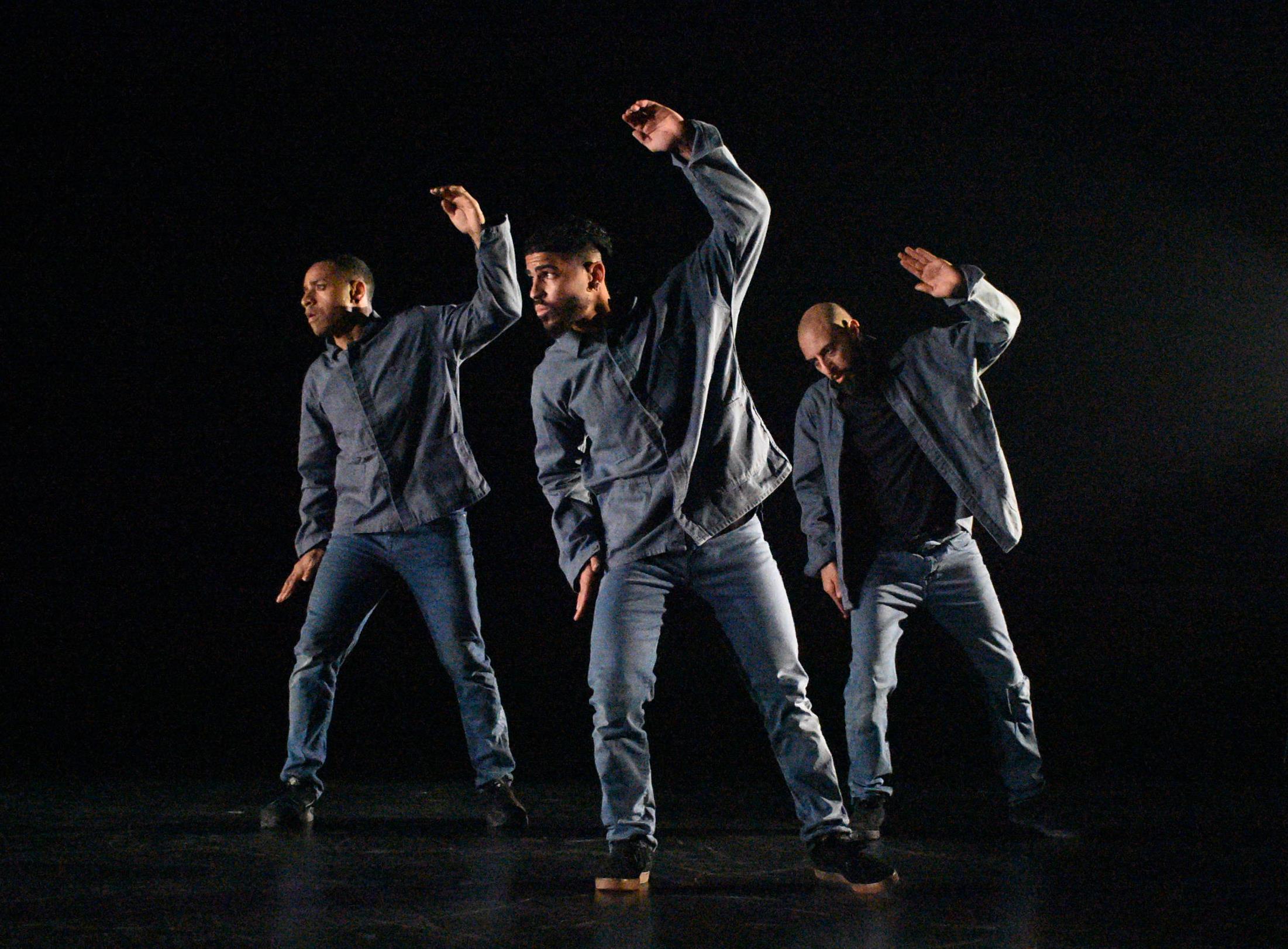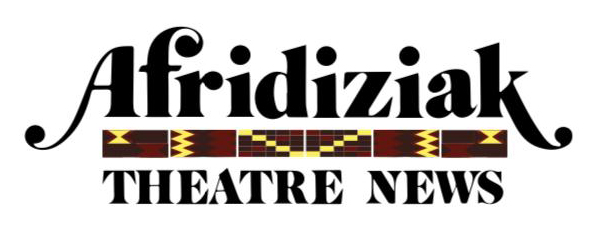
Compagnie Niya presents the UK premiere of Geules Noires a powerful, heartfelt tribute to the migrant workers of the Nord-pas de Calais Mining Basin on Friday 29 April at Sadler’s Wells as part of Breakin’ Convention. Now in its 19th year, Jonzi D’s annual celebration of hip hop dance takes place from 29 April to 2 May 2022.
We caught up with Compagnie Niya to discuss post-Pandemic joy, the importance of migrant workers and the future of hip hop dance.
How does it feel to be part of this year’s Breakin’ Convention?
After this pandemic, it will be a victory and an honour to be part of the festival – back in touch and being able to share. Particularly sharing a stage with international dancers and for the public to share their feelings and emotions with dance. We need to feel and share emotions together, in the same place and no longer behind screens. Showing and giving our work to Breakin’ Convention is a privilege. This is an internationally recognised event. Jonzi D works for hip hop recognition, and what he does is impressive. This big event is a chance for us to continue our work.
“It’s important not to forget that diversity is a strength, a power. Also, many men died for black gold and to give a better life for their families. I want to pay homage to them and tell this story for who people don’t know it, because there are again many mining industries around the world. This year, presenting this show has a special echo, my father having died in the meantime of silicosis, the disease of miners”
What can we look forward to from your performance?
Difficult question! We hope to share our feelings and secondly this story. In this case, dance is a good example of a way of sharing something. We hope to use hip hop dance to tell a story proving that dance is a universal language. So, we want to demonstrate that dance is not just a performance, it’s also a rich, beautiful expression.
How can dance help us to cope with difficult life experiences?
Using the body to tell experiences is a good way to free positive and negative feelings. It’s also really powerful to share something more universal.
I can give an example. I created a one-man dance show with a dancer from my company, about disability. This dancer, Jimmy Omoï was in a wheelchair when he was a child, so we imagined a dance about this period, physical rehabilitation, the looks of others, and finally the look of society. It’s a powerful show because he’s a wonderful dancer, a soft and poetic show too. It is above all, a good way to talk with the public about disability and people have many things that they want to bear witness to and share about that. Finally, it’s above all a way to talk about difference. And dance permits that: speech for everybody without words, sharing, imagining new ways. Dance is wealth for society.

What are your personal experiences in the mining industry that inspire some of your work?
My experience is not a personal experience, but that of my father. He was a miner so I saw him leave to go to the mines and come back tired and totally covered by the coal dust. I also grew up in a region where the mining industry changed the landscape (mining cities: “les corons” that the house of miners, “les terrils” that the mountain of coal residue). Today, mining towns and places where the mining industry was being rehabilitated. We are lucky to have an office on an old mining site. It’s a place full of memories, and also a really nice venue with concerts, events and shows.
Why was it important to you that these stories are told?
It was important for me to talk to migrant men too, so it’s like a life of an immigrant miner: the departure of their country, the arrival in France in a new culture, foreign language, foreign codes. These men came to France to work and it’s a big part of diversity, cultural diversity and we must remember that. Around 30 different nationalities of people came to France to work in the mining industry. So, they built a part of our society: the medley of culture. It’s important not to forget that diversity is a strength, a power. Also, many men died for black gold and to give a better life to their families. I want to pay homage to them and tell this story for those people who don’t know it because there are again many mining industries around the world.
We hope to use hip hop dance to tell a story proving that dance is a universal language. So, we want to demonstrate that dance is not just performance, it’s also a rich, beautiful expression.
Do you think there are any positives we can take away from the global pandemic?
With the pandemic, we must look to the world as an overall place. We can’t just look at our own personal situation and interest, we must unite to confront the virus and win. We must act together; the variants remind us again. We cannot separate parts of the world. During the pandemic, it was a period to ask what is necessary – if culture was essential? Of course.
We were lucky last year, to work in schools and we did some performances for small audiences and came back to the theatre this year. We need to feel, share and grow with these kinds of exchanges.
How did you keep yourself healthy both physically and mentally during the pandemic?
During the first period in 2020, the difficulties were the little and narrow places, like everybody, but we must try to imagine movement in our living room. The hardest thing was not being together – there is a particular energy to be in the group for further training, so we kept in touch. In the second part, we could continue workshops for schools and invent new activities with them. It was quieter, we kept going and continued other things. One of the dancers was injured in 2020 when the resumption of outdoor performances was intense after the lockdowns. The body was no longer accustomed to the intense rhythm to which it is subjected We also had to regain our breath and health after catching the COVID virus for us.

Who do you admire in terms of fellow choreographers?
For contemporary dance: Carolyne Carlson, Sylvain Groud. For hip hop dance: Farid Ounchiouene (Cie Farid’O), Kader Attou (Cie Accrorap), Farid Berki. Each with its specifics.
What do you think the future holds for hip hop dance?
The force has found its recognition. From on the street, it is today on the stages of the most famous theatres. We see it publicised in video clips, in events and soon in the Olympic Game in 2024. So many artists find their way to invent and imagine hip hop dance without dance school, they are self-taught. For me, it’s the most open culture for everybody and it’s a perfect way to touch young people and stand for values. Hip hop dance is open and with so much diversity. It’s always changing and new. We must keep that even when breakdance is represented in the Olympic Games – to keep the power of imagination.

























